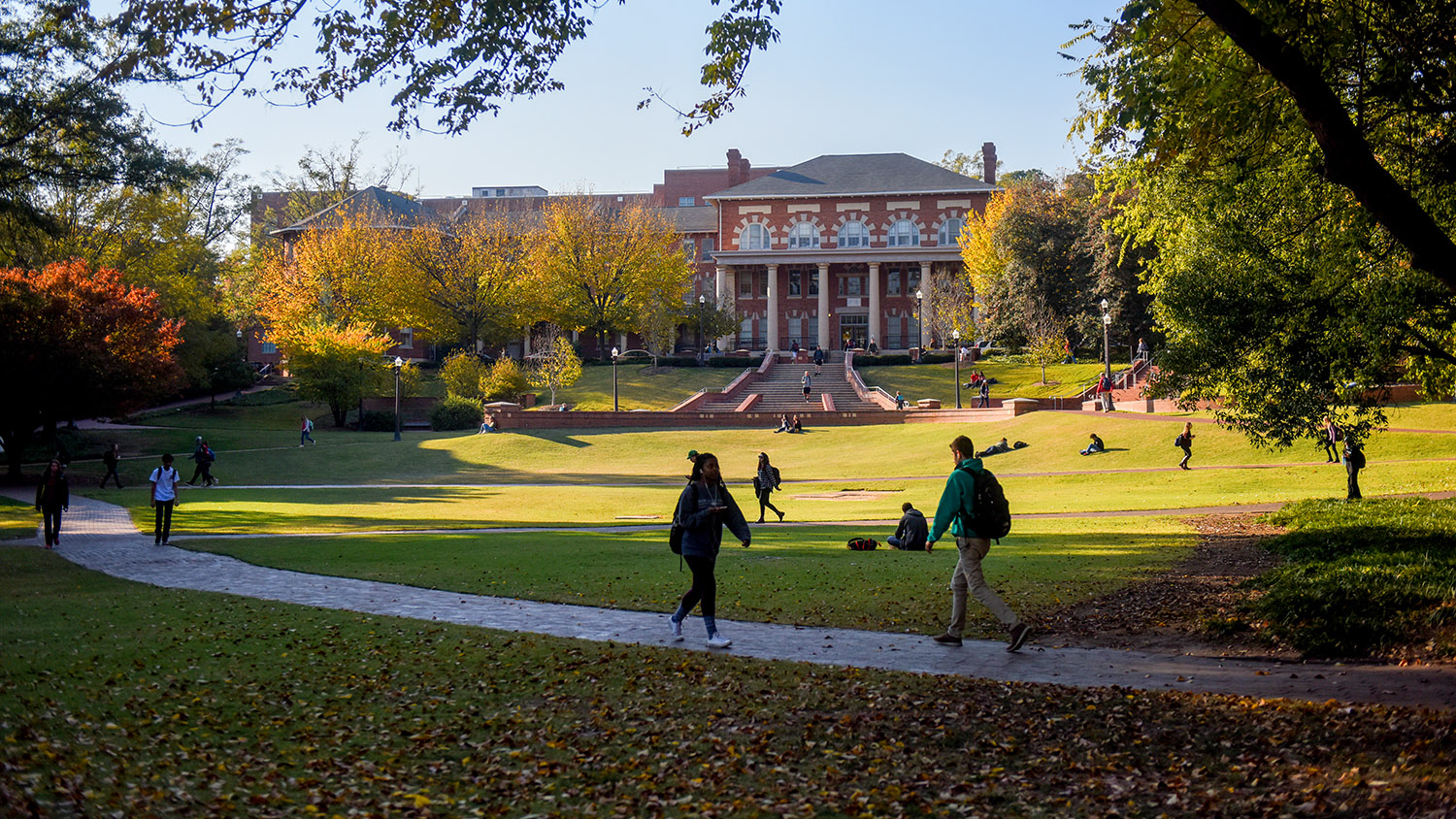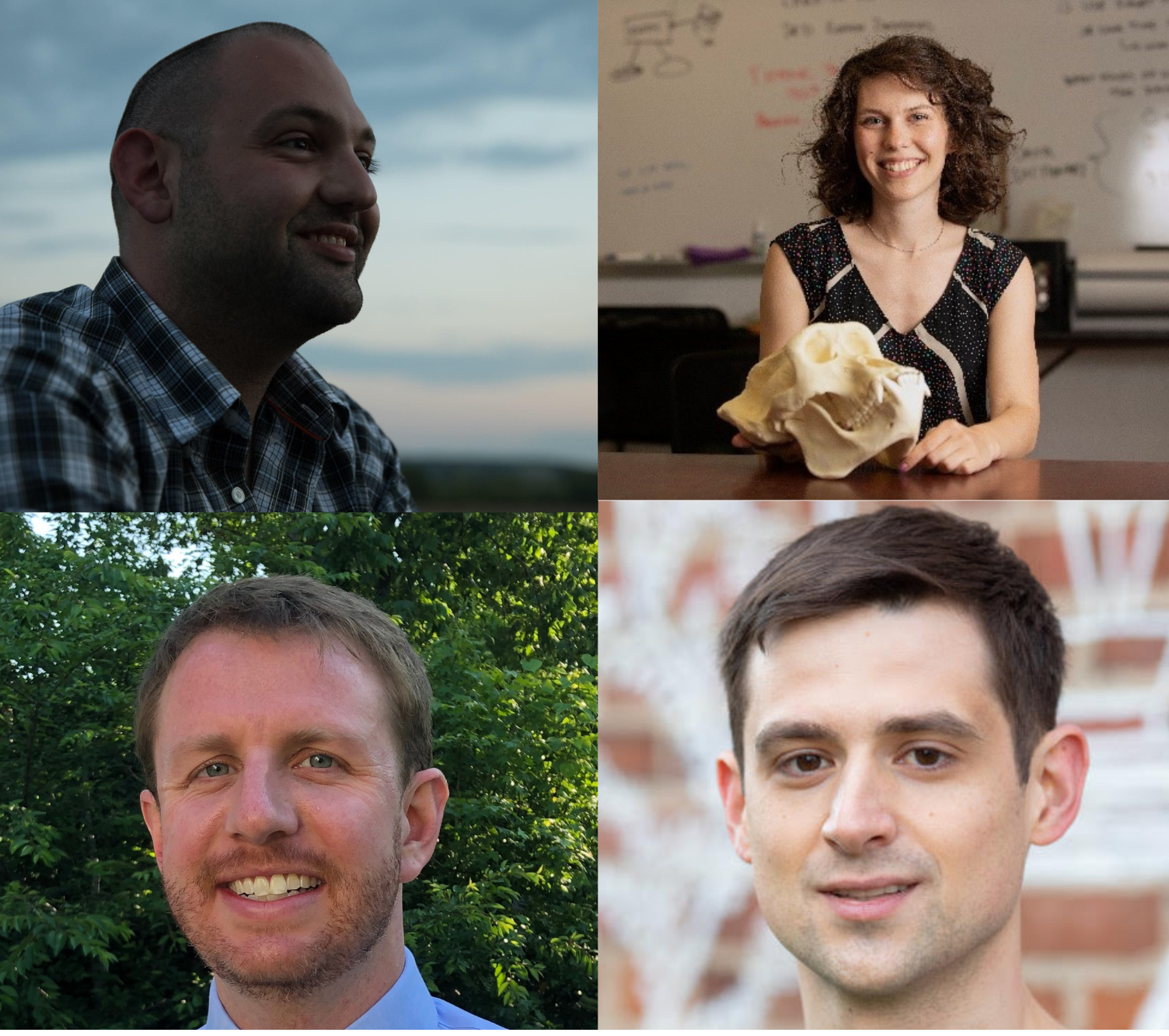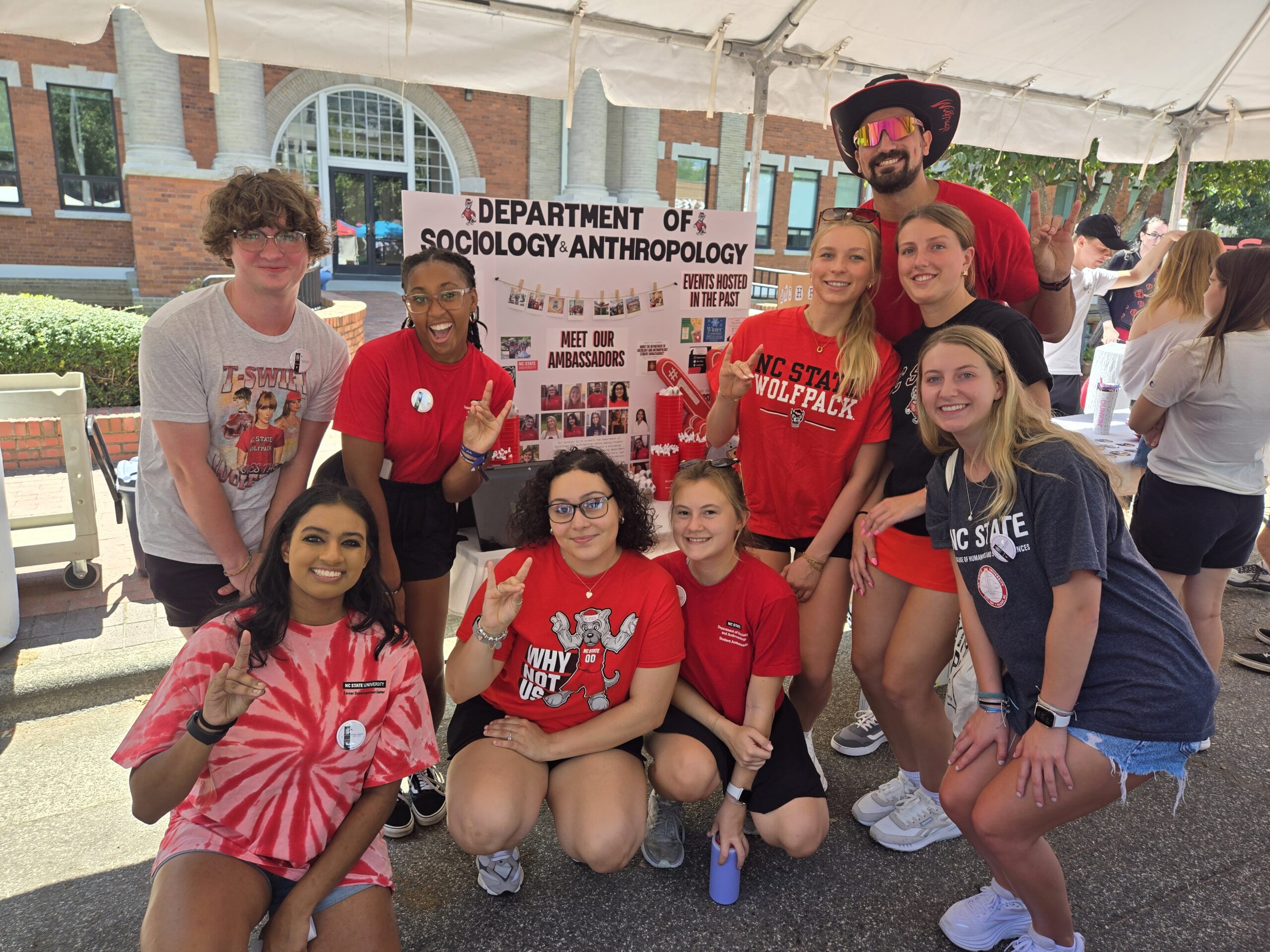Meet our Transfer Students!

Every academic year, NC State receives more than 1,000 transfer students from all over the nation and overseas. These students come to NC State looking to receive one of the best public educations in the country and become a part of the Wolfpack. Many of them go to community college in-state and receive their transfer degrees before being admitted at NC State, some come from other 4-year institutions, and others come from other countries. This process could seem intimidating at first, especially coming into an institution that has more than 35,000 students. However, the majority of students find that most of their fears and concerns are resolved quickly once they get admitted, access all the resources available to them, and immerse themselves into the Pack.
One of the first resources readily available to incoming transfer students is Transfer Student Services, where staff and faculty are the first point of contact from the application process all the way to admission, and then throughout their college journey. This center offers transfer student counseling, preparation for admission, links to helpful on-campus resources and campus lifestyle, among other helpful services to ensure transfer students are fully prepared for their time at NC State.
Another important aspect of NC State that transfer students look forward to is student lifestyle and a sense of belonging with the Wolfpack. Many students who transfer into NC State worry about having the traditional college experience everyone talks about since they did not spend their freshman year on-campus. However, after hearing from different transfer currently enrolled students at NC State, the reality is that there is nothing to worry about!
Derek Astoske, who transferred in after attending Queen’s University and Brunswick Community College in 2022, and Dmitri Fisher, who transferred from Elon University in 2020, both expressed in an interview the concern of transferring and acclimating into a large student body. However, they were both surprised by how accepting and welcoming staff, faculty, and other students were at orientation and the day-to-day activities.
Astoske mentioned in his interview, “From faculty to peers, everyone has been very accepting. Even though we are all from different backgrounds, I feel like everyone has a chance to be their true self. Being here and noticing how everyone gets along well, made it easier for me to make friends and approach people.” He also mentioned his passion for club baseball and how being on the team helped him form meaningful bonds with like-minded people that became a family in little time. “Learning from each other is extremely important to me. Knowing that these are bonds that will last a lifetime and will push me to be my best self is one of the things that forms his best memories at State.”
On the other hand, Fisher highlighted how important to him were and still are the resources available to him, such as his academic advisor and student ambassador. “I think something else that really helped was that Stephanie, my advisor, and Mary, my assigned ambassador, were really consistently reaching out. The biggest thing I noticed in coming to NC State is I felt a lot more seen, and I felt encouraged to enter into the community.” He also highlighted his sense of belonging with the Wolfpack in his interview: “NC State has been one of the friendliest and most open communities, especially within the Anthropology department and CHASS generally.”
Both of these students and the majority of transfer students at NC State University have had the same or similar concerns when coming into such a big institution; however, their experience with the Wolfpack after being admitted has been a positive one that exceeds any expectations they ever had. The Wolfpack loves transfer students and we do our very best to make everyone feel welcome, seen, appreciated, and accepted.
This article was written by Alex Soto Anthropology and Sociology Double major and Department of Sociology and Anthropology Student Ambassador



